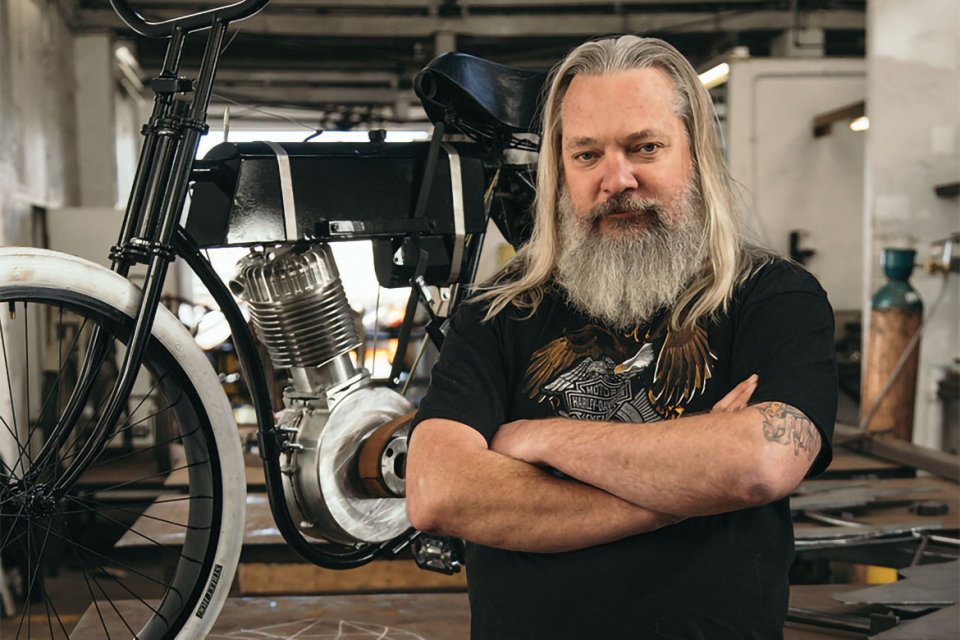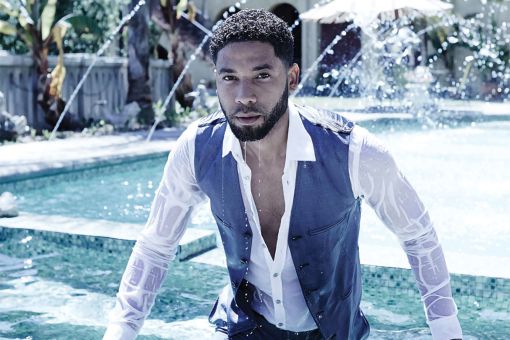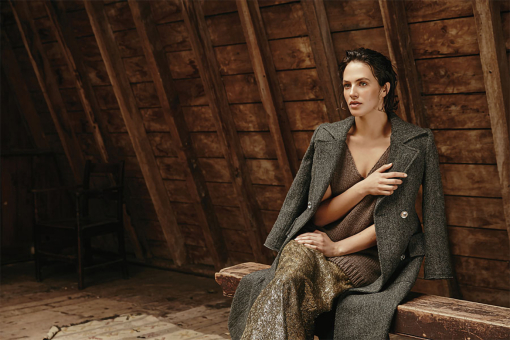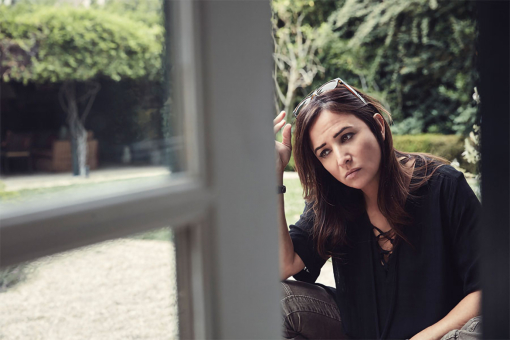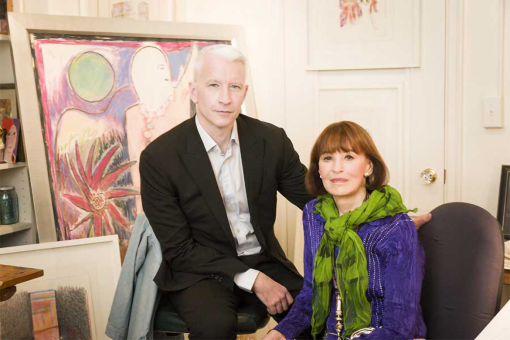After banging around with borrowed tools in a backyard shed for a few years, two boyhood pals in Milwaukee thought they’d finally achieved their dream: a bicycle that required only enough pedaling to spark a pint-sized engine.
In 1903, Bill Harley and Arthur Davidson sold three of the putt-putting contraptions they came to call the “silent grey fellows.”
By 1920, Harley and Davidson, with Arthur’s brothers William and Walter, made 30,000 distinctively roaring motorcycles a year — more than anyone else in the world.
But the path from tin can to two-wheeled tornado was littered with failed plans, flaming wrecks and bloody brawls, as is vividly shown in Discovery Channel’s six-hour miniseries, Harley and the Davidsons. Produced by Raw TV, it’s set to air over three consecutive nights starting September 5.
Shot earlier this year in Romania, the series features Bug Hall as Arthur Davidson and Game of Thrones veterans Robert Aramayo as Harley and Michiel Huisman as Walter Davidson.
Best known as the brash warrior Daario Naharis on Thrones , Huisman spent much of his adult life on motorcycles, hopping off only after the birth of his daughter nine years ago.
“Telling this story about the early days of Harley-Davidson was like a dream for me,” he says, speaking from his native Amsterdam. “On top of that, my character was the embodiment of the Harley-Davidson spirit — a little bit of a rebel, anti-establishment, a wants-to-do-his-own-thing kind of guy.”
In real life, Walter Davidson became a record-setting racer and had the broken bones to prove it. In the miniseries, Huisman — as Davidson — had to whip through makeshift courses in cow pastures and forests. While the actor did many racing scenes himself, he left the most hair-raising work to stunt double Eduardo Gago Muñoz.
“There’s no way I could have done what Eduardo did,” he says. “That takes insanity.”
Behind the scenes, Alex Wheeler, a special-effects designer and former racecar builder from South Africa, led a crew that churned out some 80 vintage-style motorcycles, including Harleys, Indians and Excelsiors. Replica springs and valves were specially fabricated; leather strips were fashioned into the kind of drive belts used in the early bikes.
Accuracy was crucial, says Wheeler, who worked on Mad Max: Fury Road, The Poseidon Adventure and other special-effects extravaganzas. Lacking manuals, his team reconstructed bikes mostly from old photos, using precise measurements made by the Harley-Davidson Museum in Milwaukee.
Sadly, most of his creations were short-lived. By design, the bikes were meant to burst into flame, slam into wooden railings or be smashed to bits on a steeply pitched track — just as they did a century ago.
For Wheeler, it was all part of history and part of the job. “At the end of the day,” he says, “you expect to see a pile of wreckage.”
This article originally appeared in emmy magazine, Issue No. 7, 2016

